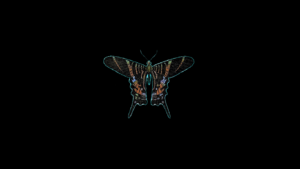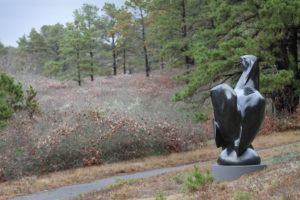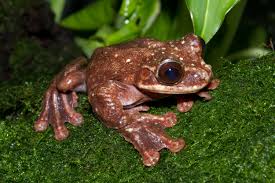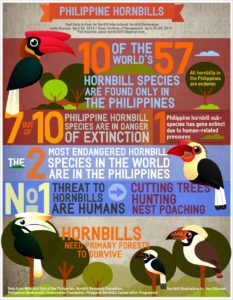On Saturday I went down to Rhode Island to participate in a 4-hour workshop on “The Work that Reconnects,” inspired by the work of Joanna Macy. It was described as “a perspective-changing, life-affirming workshop designed to help us face and feel our deepest, most healing responses to the world’s crises within a supportive group context.” Ultimately, the goal was to help us take part in what![]() Joanna Macy calls, The Great Turning – away from an industrial growth society into a life-affirming society. The workshop was led by Karina Lutz and Jim Tull, and was attended by about one hundred participants, which shows how hungry people are for this kind of work.
Joanna Macy calls, The Great Turning – away from an industrial growth society into a life-affirming society. The workshop was led by Karina Lutz and Jim Tull, and was attended by about one hundred participants, which shows how hungry people are for this kind of work.
In a series of meditations and activities, we explored the spiral of the work: gratitude, honoring our pain, seeing with new eyes and going forth, described in the book, “Coming Back to Life,” by Joanna Macy and Molly Brown. The work begins with gratitude to calm us and stimulate our empathy; we all have much to be thankful for and sharing that helps us connect to one another. In honoring our pain, we explore our own compassion for ourselves and others as we acknowledge feelings that accumulate with the drumbeat of bad environmental news; here we begin to see the immensity of our hearts and minds. Seeing with new eyes stems from understanding our relationship to the past and future and helps us shift our perspective from individual events and actions to understanding how systems work – we taste our power to change and to effect change. Finally, we go forth with passion, clarity and compassion, and the spiral begins again.
It’s hard to convey the power of the workshop and I just have a brief summary of a few of the activities that resonated with me.
One of the first meditations was simply to breathe deeply, something that I’ve been practicing to ground myself in the past two months or so. But here, we were reminded that the air we breathe is the same air that the trees breathe and all living things near and far breathe. Of course we’re aware of that in theory, but in practice, honestly, I think of the air I breathe as very much right in front of my nose, so this was a useful reminder!
One exercise that was useful for such a large group followed soon after and that was to mill about the room first of all, as if in a hurry, caught up in our own self-importance, and then to slow down and become aware of others around us. Even in that shift, you could feel the mood in the room immediately warm up. People smiled and acknowledged one another. Then, upon signals for a sequence of encounters, we were to stop and find a partner, take their hand, and recognize the many things they could have done that day but chose instead to be there. In another encounter, we were to recognize what the other person knew about what was happening in the world, and yet they kept their eyes open to it. In other encounters, we were to recognize the chance that the other person might die from toxins in the environment or the important role they might play in bringing about a life-sustaining civilization.
One of the most powerful encounters was when we closed our eyes and explored our partner’s hand as if we were an alien. Such an interesting evolutionary product is a hand! And capable of so much: gathering and preparing food, playing with a ball, comforting and giving pleasure to another person. Here was an intimate way to connect with a stranger.
The whole activity had lots of hand-holding and staring into strangers’ eyes, which pushed me out of my comfort zone, but when I thought about how to recognize them, the strangeness evaporated and they became familiar. We would then chat about what brought us there or simply smile at one another in gratitude.
One of the last exercises was to share in a small group a time when we made a difference. One person in my group related how he gave a poor acquaintance a guitar, and then watched him flourish as a musician. I shared my reasons for writing my book about extinct animals and that many people thanked me for the book. We were then asked to share the qualities that we had heard in the stories. Suddenly, the room was full of “love,” “excitement,” “generosity,” “tenderness,” “selflessness,” “courage,” “independence of thought,” “honesty,” “openness,” “humor,” and much more. So the power within us is what resonated as we made pledges to one another, wrapped up and made to go forth.
Though there are none listed at the moment, I hope there will be more such events in New England soon.
Links: The Work That Reconnects, Work That Reconnects Greater Boston

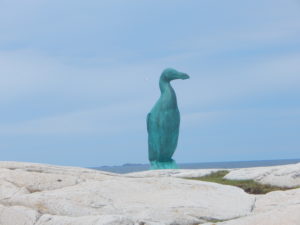
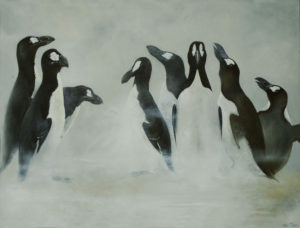
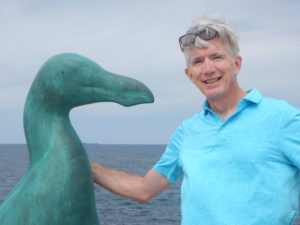
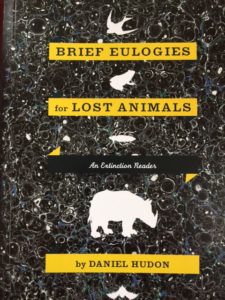 The recent animal extinctions include twenty-eight reptiles, thirty-four amphibians, sixty-three fish, sixty-three insects, ninety-two mammals, one hundred and sixty-six birds and more than three hundred mollusks. Who are these animals? Where did they live? What do we know of their biology and natural history? Each animal had its own evolutionary history, ecological niche and characteristics that made it a unique form of life. But they have disappeared from the Earth due to our actions and without proper recognizance. The beginning of wisdom, the Chinese say, is to call things by their rightful names. In many cases, the names are known by scientists and what little is known of the animal’s habits is hidden away in scientific papers. These details need to be brought to light to make the species come alive, at least in our imagination, to help bring the enormity of what has and is happening within our grasp.
The recent animal extinctions include twenty-eight reptiles, thirty-four amphibians, sixty-three fish, sixty-three insects, ninety-two mammals, one hundred and sixty-six birds and more than three hundred mollusks. Who are these animals? Where did they live? What do we know of their biology and natural history? Each animal had its own evolutionary history, ecological niche and characteristics that made it a unique form of life. But they have disappeared from the Earth due to our actions and without proper recognizance. The beginning of wisdom, the Chinese say, is to call things by their rightful names. In many cases, the names are known by scientists and what little is known of the animal’s habits is hidden away in scientific papers. These details need to be brought to light to make the species come alive, at least in our imagination, to help bring the enormity of what has and is happening within our grasp.